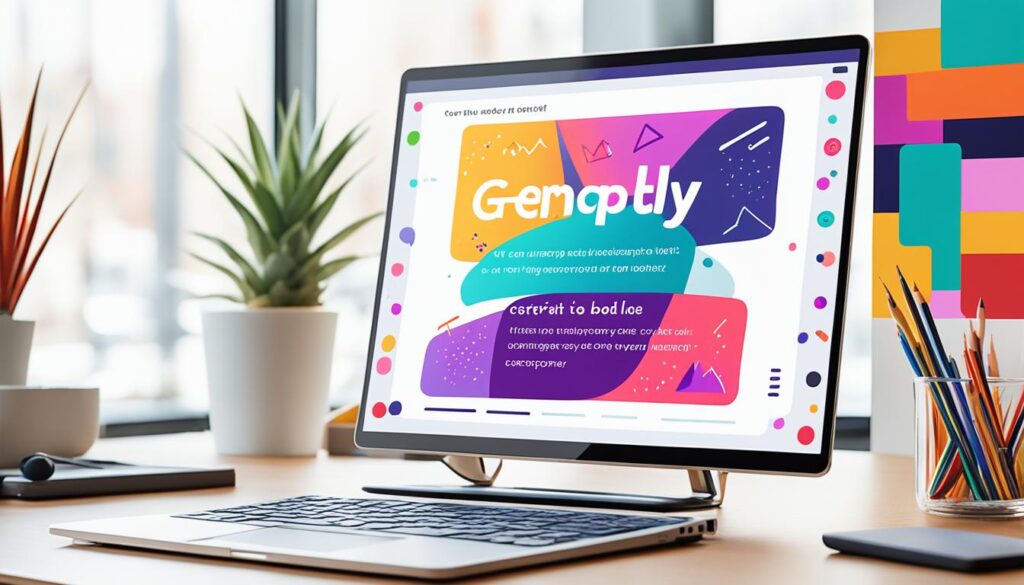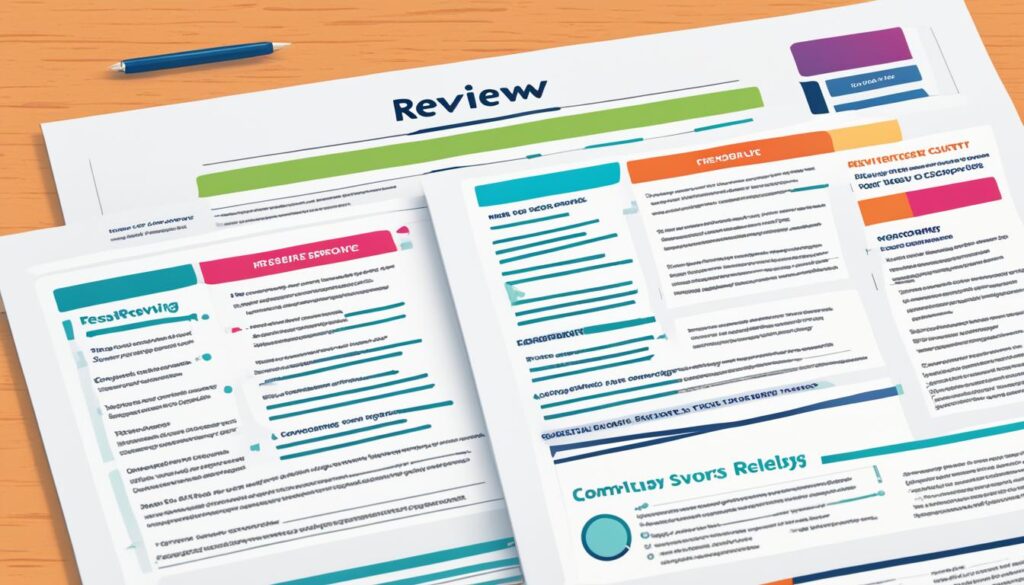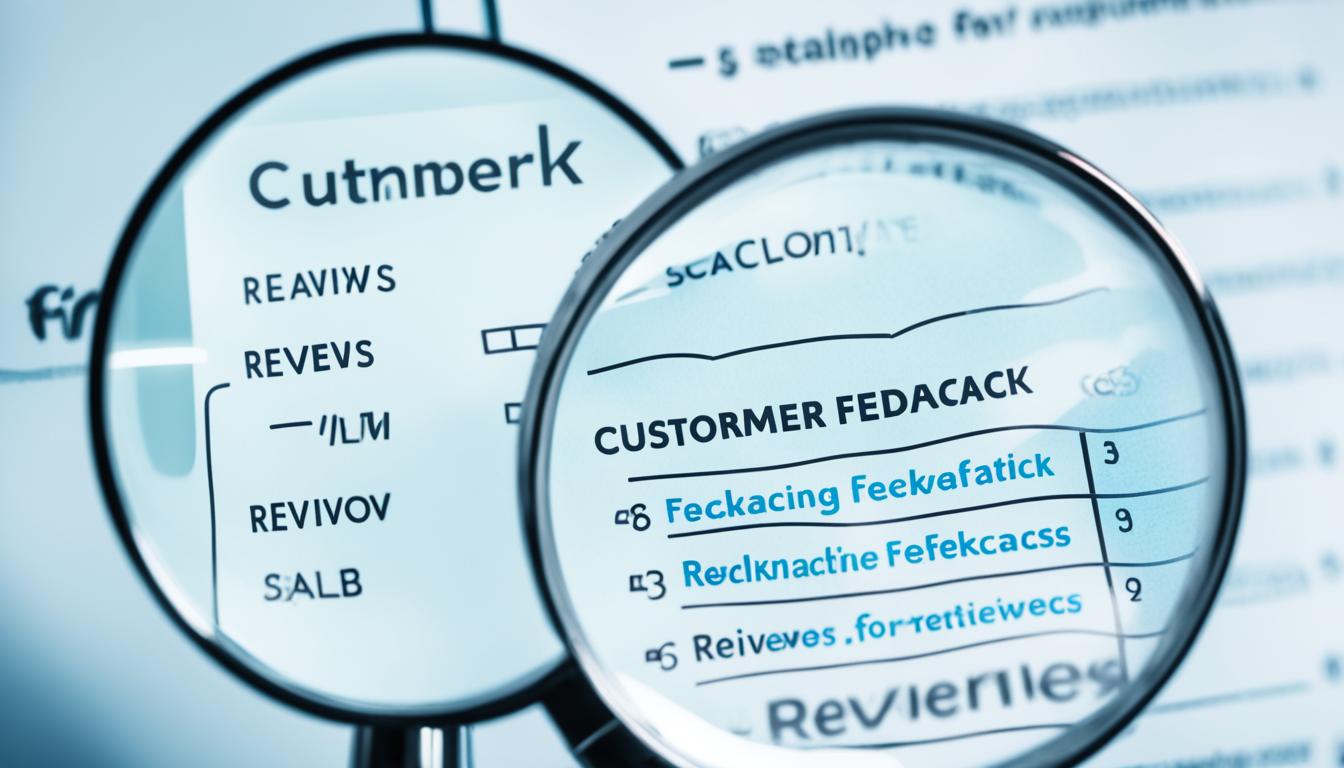Ever thought if answering negative reviews can help your business? The answer might surprise you. Today, online reviews have a big impact on how people see brands and make choices. We’ll show you how to handle customer feedback wisely, choosing between public and private responses.
Negative reviews can be tricky. They might look bad at first, but they’re a chance to show you care about customers. Did you know one negative review can lose you 22% of potential customers1? That’s a big hit. But, responding well can change things: 70% of customers might think better of a company after it answers their complaints1.
How you deal with negative feedback can shape your online image. It’s not just fixing problems; it’s making the most of them. By answering negative reviews well, you can boost customer loyalty by up to 70%2. This shows how crucial it is to have a good plan for dealing with customer issues.
Choosing to answer publicly or privately affects your brand’s look. Public answers show you’re open and care about feedback. In fact, 89% of customers will check out a business’s reply to a negative review1. Private answers, however, let you solve problems personally and build stronger customer ties.
Key Takeaways
- Negative reviews can hurt your business, but good responses can change that
- Public and private answers both have their benefits for your online image
- Quick and professional answers are key to solving customer issues
- Being open about mistakes can gain customer trust
- A smart response plan can increase loyalty and keep customers coming back
The Importance of Responding to Negative Reviews
It’s key to answer negative reviews to keep your brand trusted and customers happy. One bad review can scare off 20% of potential buyers. Three bad reviews can lose up to 60% of customers3. This shows how big of an effect negative feedback can have on a business.
Handling public feedback well is vital in today’s online world. More and more people check out reviews online before buying4. By quickly and professionally answering negative reviews, companies can lessen the harm and might even make unhappy customers stay loyal.
Answering all reviews, good and bad, makes a company stand out. It shows a strong commitment to supporting customers5. This not only gets more feedback but also builds strong customer relationships.
“Replying to every review can boost online visibility as search engines prioritize results with more content, enhancing the company’s online footprint.”
Good review management means giving the task to someone who really knows the brand and its tone5. This way, responses are consistent and right, keeping the brand’s good name.
| Number of Negative Reviews | Potential Customer Loss |
|---|---|
| 1 | 20% |
| 3 | 60% |
| 4 or more | 70% |
Companies with a 1 to 1.5-star rating on Google make 33% less money than average3. By talking to negative reviews, companies can keep their brand trusted and look good to the public.
Understanding the Nature of Negative Reviews
Negative reviews often come from not meeting what customers expected. Many say they’re “disappointed” instead of “bad” when they’re unhappy. This shows a gap between what was promised and what happened.
Bad reviews can really hurt businesses. A huge 94% of people say a bad review stopped them from going to a business6. This shows how important it is to quickly and well handle customer complaints.
About 53% of customers want businesses to answer negative reviews within a week. But, 63% say they never got a reply6. This gap is a chance for businesses to shine by talking to their customers’ feedback.
Buying things online can lead to disappointment if what you get isn’t what you expected. This often causes negative reviews and complaints. By knowing this, companies can get ready for and fix these issues.
Not all negative reviews are fair or helpful. Some are too harsh or caused by things a company can’t control. But, 92% of B2B buyers trust reviews and feedback more than other info when buying7. This shows the importance of taking all feedback seriously.
Knowing how negative reviews work is key to making good responses. Fast and sorry responses to negative reviews help lessen harm to a company’s image7. By answering each point in a negative review, companies show they’re really listening to what customers say.
Factors to Consider When Choosing Between Public vs. Private Responses

Choosing between public and private responses is key in customer service. We must think about several factors to pick the best strategy. The seriousness of the complaint is a big part of this choice.
How our brand looks is also crucial. Public responses can show we care about customers but might spread negative feedback. We need to think about how it could affect other customers and our image.
The way the reviewer talks to us matters too. If they’re open to talking things out, a public answer might work. But for complex or sensitive topics, a private answer is better.
| Factor | Public Response | Private Response |
|---|---|---|
| Complaint Severity | Minor issues | Serious problems |
| Brand Impact | Positive PR opportunity | Potential reputation risk |
| Reviewer Tone | Constructive | Hostile or emotional |
| Information Needed | General explanation | Detailed or sensitive info |
Where the review was posted also matters. On big platforms, we might want to answer publicly to be clear. Group Admins can see all replies, even private ones, in groups they run8. This makes us think about how we respond.
We can choose to keep replies private by checking a box when we reply8. This lets us adjust our approach for each situation and keep control of how we talk to customers9.
Benefits of Public Responses

Public responses to negative reviews help businesses a lot. They show we’re open and take responsibility. This builds trust with people who might become customers and shows we care about quality.
By sharing our answers, we turn bad situations into chances to show what we stand for. We talk about common issues, helping more people. This way, we grow our social impact and get noticed more.
Studies say public praise is more powerful. It makes others want to follow our example and helps us learn and get recognized10. When we answer publicly, we’re not just fixing one issue. We’re showing our great customer service to everyone who sees the review and our reply.
Our public answers can change how others see our business. By handling criticism well in public, we show we’re always trying to get better and make customers happy.
“Great bosses avoid public criticism, encourage criticism of themselves in public, and use public criticism as an opportunity for growth and learning.”
This way of handling things is in line with being a good leader and serving customers well. It’s key to remember that not everyone likes public answers. So, we always let people choose to talk privately if they want10.
Advantages of Private Responses

Private responses have big benefits for handling negative reviews. They let businesses send messages that really speak to each customer’s issue. This is super useful in places where keeping things private is key.
In the private sector, companies look at things like revenue and keeping customers around when they respond. This way, they can fix problems better and keep customers happy11.
One big plus of private responses is they keep things under wraps. They let companies talk about sensitive stuff without everyone knowing. This is really important in fields that deal with personal info or need to explain complex issues deeply.
| Aspect | Public Response | Private Response |
|---|---|---|
| Confidentiality | Low | High |
| Personalization | Limited | Extensive |
| Detail Level | General | In-depth |
| Issue Escalation Risk | Higher | Lower |
Private responses are great at stopping issues from getting out of hand. By dealing with problems privately, companies can fix things without making a big scene. This fits well with the private sector’s focus on quick fixes and new ideas11.
“Private responses allow us to address each customer’s unique situation with care and precision, fostering trust and loyalty.”
Private responses work really well for tricky issues that need a lot of explaining. They give the chance to really dive into concerns. It’s like how the private sector changes things to fit the market11.
Best Practices for Public Responses

When you respond to negative reviews, show off your great customer service skills. Start by saying thank you to the reviewer by name. This makes the interaction start on a positive note12.
Then, apologize sincerely and understand their frustration. Take blame without excuses. Offer to fix the issue and give contact info for more talk. This shows you’re serious about solving problems and making customers happy13.
Keep your answers professional and calm. Use templates to help, but make each reply fit the specific issue. Answer fast, ideally within a week, to show you care about feedback and act on it13.
“Great public responses turn negative experiences into opportunities for growth and customer loyalty.”
Handling criticism well is key. By answering thoughtfully and positively, you can turn negative reviews into chances to show you care about making customers happy12.
| Do | Don’t |
|---|---|
| Address reviewer by name | Use generic greetings |
| Thank for feedback | Ignore or dismiss concerns |
| Apologize sincerely | Make excuses |
| Offer solutions | Leave issues unresolved |
| Respond promptly | Delay responses |
Strategies for Effective Private Responses
Private communication is key for solving customer issues. We suggest reaching out quickly through private ways when dealing with negative reviews. This method lets you connect more personally with customers.
To make private responses work well, think about these tips:
- Provide a direct contact for further discussion
- Show empathy and a real wish to fix the issue
- Offer specific solutions or rewards when right
- Follow up to make sure the customer is happy after fixing the issue
It’s important to keep track of private talks for later use. This helps in seeing how you’re doing in solving customer problems and improving how you handle feedback.
Research shows that 92% of workers react better to private feedback15. This idea also works with customers. Private messages let you get more details about what went wrong without everyone seeing it.
Our aim is to turn every bad review into a chance to get better and make customers happier.
Good private communication can make customers more engaged and improve relationships. In fact, when workers feel they’ll get credit for their efforts, they’re 7 times more likely to be fully involved16. This idea can be used in customer service too. Acknowledging and solving concerns privately can make customers happier and more loyal171516.
Conclusion
We’ve looked at how review management is key to building strong customer ties and enhancing our brand. Dealing with negative reviews is more than fixing issues; it’s a chance to show we care about customer happiness. By picking the right way to respond, we can turn tough times into growth moments.
How we handle feedback really changes how customers view us. Public responses show our care to everyone, while private chats solve issues quietly. Both are important for a smart review management plan. Our aim is always to build trust and strengthen our brand.
Dealing with negative reviews can change the game. It’s not just about solving problems; it’s about showing we listen to every customer. By focusing on improving and connecting with our customers, we can turn hard feedback into a chance to stand out. Remember, good review management is crucial for business and building lasting customer relationships.
FAQ
Why is it important to respond to negative reviews?
What factors should be considered when deciding between public or private responses?
What are the benefits of public responses?
What are the advantages of private responses?
What are the best practices for public responses?
How should private responses be handled?
Source Links
- How to Publicly Handle a Negative Review of Your Business (In 5 Steps) – https://prettylinks.com/blog/publicly-handle-negative-review/
- How to Respond to Negative Reviews on Google | Sachs Marketing Group – https://sachsmarketinggroup.com/how-to-respond-to-negative-reviews-on-google/
- How to Respond to Negative Reviews in 2023 | Vendasta – https://www.vendasta.com/blog/how-to-respond-to-negative-reviews/
- Effective Ways for Responding to Negative Reviews Online – https://www.chicagobusinesslawfirm.com/effective-ways-for-responding-to-negative-reviews-online.html
- Which Online Reviews Deserve a Personal Response? – https://thereceptionist.com/blog/why-we-respond-to-all-of-our-reviews-positive-and-negative/
- Powerful Examples of How to Respond to Negative Reviews – https://www.reviewtrackers.com/guides/examples-responding-reviews/
- Why negative reviews could be the source of your next customer – https://www.zendesk.com.mx/blog/negative-reviews-source-next-customer/
- Public vs Private Replies – Flocknote Help Center – https://help.flocknote.com/article/189-public-vs-private
- Public School Vs. Private School: How to Decide – https://toptieradmissions.com/public-school-vs-private-school-how-to-decide/
- Why You Should Praise In Public & Criticize In Private | Radical Candor – https://www.radicalcandor.com/blog/public-praise-private-criticism/
- Public vs. Private – My Perspective on the differences – https://www.linkedin.com/pulse/public-vs-private-my-perspective-differences-jagjit-dhaliwal
- Why Praising in Public and Criticizing in Private is Key to Giving Feedback Others Will Act On – https://kimmalonescott.medium.com/why-praising-in-public-and-criticizing-in-private-is-key-to-giving-feedback-others-will-act-on-4261db47a068
- Praise in Public, Correct in Private: The Importance of Effective Feedback – Loopin HQ – https://www.loopinhq.com/resources/praise-in-public-correct-in-private-the-importance-of-effective-feedback
- Best practice: ordering of public/protected/private within the class definition? – https://stackoverflow.com/questions/1760850/best-practice-ordering-of-public-protected-private-within-the-class-definition
- Praise in Public, Criticize in Private: What to Keep in Mind | Fellow.app – https://fellow.app/blog/feedback/praise-in-public-criticize-in-private-what-to-keep-in-mind/
- Public vs Private Recognition: Which is Better and How to Give Effective Recognition – https://www.terryberry.com/blog/public-vs-private-recognition/
- Public vs. Private Recognition in the Workplace – Doing It Right – Workplace Rewards – https://workplacerewards.com/blog/public-vs-private-recognition-in-the-workplace-doing-it-right/

